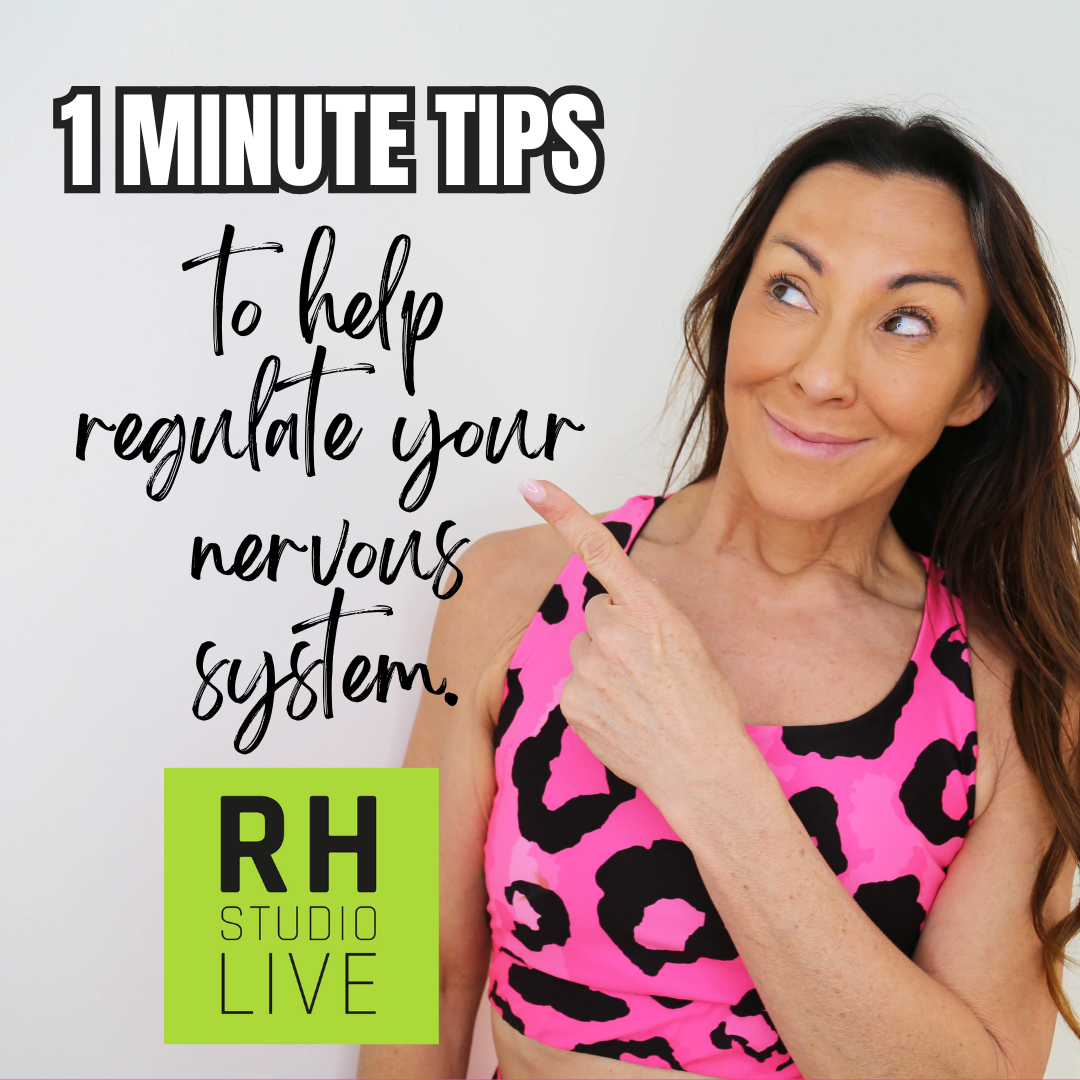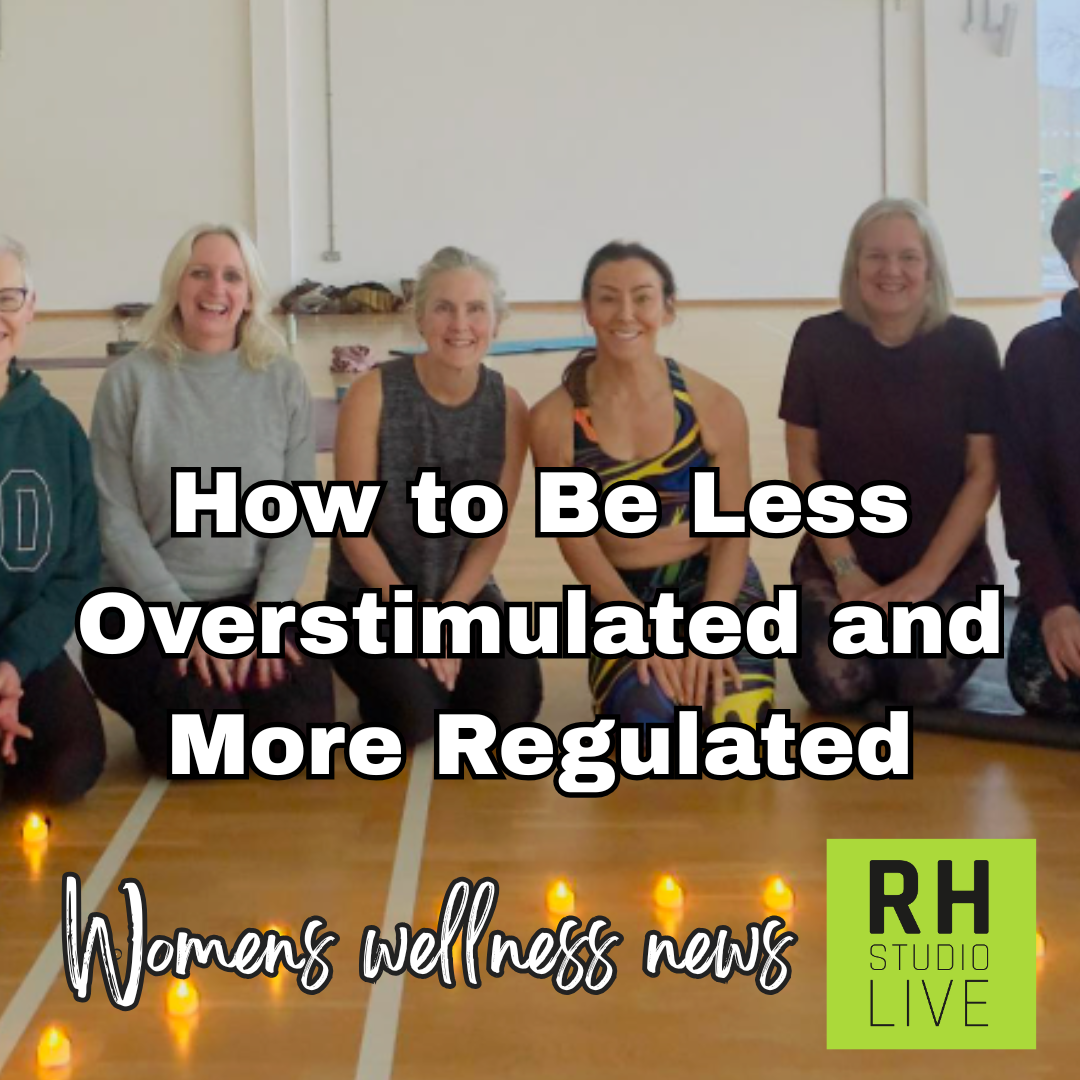Welcome to my weekly Women’s Wellness Newsletter, which I send out every Saturday. This space is for women of all ages who want to live well, feel vibrant, and stay strong.
Each week, I’ll share simple, practical tips to help you manage your wellness and introduce habits you can apply immediately to feel better, energised, and empowered.
In today’s newsletter I wanted to go right back to basics and talk about hormones and give a clear definition of the sex hormones and how they affect women in peri to post menopause.
Women experience a wide range of symptoms during menopause because sex hormones – particularly oestrogen, progesterone, and testosterone – interact with almost every system in the body, not just the reproductive system. When these hormone levels decline, they disrupt the delicate balance that keeps many bodily functions running smoothly.
1. Oestrogen
What it is:
The primary female sex hormone. It regulates the menstrual cycle, supports reproductive health, and affects the brain, bones, heart, skin, and vaginal tissues.
What happens in menopause:
Oestrogen levels decline significantly, leading to symptoms like hot flushes, night sweats, mood changes, vaginal dryness, reduced libido, and increased risk of osteoporosis and cardiovascular disease.
How to support oestrogen:
- Strength training: Helps reduce bone loss and supports muscle mass.
- Phytoestrogens (plant oestrogens): Found in flaxseeds, tofu, tempeh, lentils, and chickpeas.
- Healthy fats: Especially omega-3s from oily fish or flaxseed oil.
- Reduce alcohol and ultra-processed foods to balance blood sugar and protect hormonal balance.
- HRT (if suitable): Can replace lost oestrogen under medical guidance.
2. Progesterone
What it is:
A calming hormone that helps prepare the uterus for pregnancy and promotes relaxation, sleep, and mood stability.
What happens in menopause:
Progesterone is often the first hormone to decline, leading to anxiety, insomnia, irritability, and heavier, irregular periods during perimenopause.
How to support progesterone:
- Manage stress: Chronic stress lowers progesterone production.
- Magnesium-rich foods: Leafy greens, nuts, seeds, and dark chocolate.
- Vitamin B6: Found in bananas, chicken, turkey, and sweet potatoes.
- Prioritise sleep and include calming evening rituals like meditation or breathwork.
3. Testosterone
What it is:
Often seen as the ‘male hormone’, but women produce it too. It supports muscle tone, energy, mood, confidence, and sex drive.
What happens in menopause:
Testosterone levels gradually decline with age, which can lead to fatigue, low libido, and reduced strength or motivation.
How to support testosterone:
- Resistance training: Lifting weights boosts testosterone naturally.
- Zinc-rich foods: Shellfish, pumpkin seeds, and eggs.
- Adequate protein intake: Supports muscle synthesis and hormone production.
- Ensure healthy fats in the diet to support hormone synthesis.
Bonus Hormone: Cortisol (The Stress Hormone)
What it is:
Cortisol helps regulate energy, alertness, and metabolism. But when elevated long-term, it disrupts other hormone systems and worsens menopausal symptoms.
Why it matters in menopause:
High cortisol can suppress oestrogen and progesterone, worsen sleep, cause belly fat gain, and increase anxiety and brain fog.
How to support healthy cortisol levels:
- Regular movement (especially walking or low-impact cardio)
- Mind-body practices: Yoga, Pilates, breathwork, and meditation
- Consistent meal timing to balance blood sugar
- Daily sunlight and good sleep hygiene
- Boundaries and stress-reducing routines in your day
Here’s why the symptoms can be so varied:
1. Oestrogen affects multiple organs and systems
Oestrogen isn’t just about reproduction – it plays a critical role in:
- Brain function: memory, mood, and temperature regulation
- Bones: maintains bone density
- Heart and blood vessels: helps keep arteries flexible and cholesterol in check
- Skin and connective tissue: maintains elasticity and hydration
- Vaginal and urinary health: supports lubrication and muscle tone
When oestrogen drops, you might see:
- Hot flushes, night sweats, brain fog, mood swings, dry skin, joint pain, and vaginal dryness.
2. Progesterone has a calming, regulatory effect
Progesterone:
- Promotes relaxation and restful sleep
- Balances oestrogen and prevents oestrogen dominance
- Supports mood and emotional regulation
When progesterone declines:
3. Testosterone supports vitality
- Women may experience irritability, anxiety, poor sleep, and heavier or irregular periods (in perimenopause).
Testosterone in women supports:
- Muscle strength and bone health
- Libido and motivation
- Cognitive sharpness and energy
Its decline can lead to:
- Low libido, fatigue, low confidence, and reduced muscle tone.
4. Hormones interact with the brain (the control centre)
The hypothalamus, which regulates temperature, hunger, mood, and sleep, is highly sensitive to hormonal changes. As oestrogen and progesterone fluctuate, this can cause:
- Sleep disturbances, hot flushes, cravings, and mood instability.
5. Cortisol becomes dominant when others decline
With oestrogen and progesterone levels falling, cortisol (stress hormone)can become more dominant, leading to:
- Fat storage around the middle, irritability, anxiety, and burnout
- Exacerbated symptoms like poor sleep, energy crashes, and inflammation
Hormones are chemical messengers that regulate everything from your brain to your bones. As they decline or fluctuate during perimenopause and menopause, your body struggles to maintain balance — leading to the wide range of symptoms experienced.
So during menopause do hormone levels go up and down?
Perimenopause (the transition phase – can last 4 to 10 years):
Hormones fluctuate wildly.
- Oestrogen can spike and dip unpredictably — some days it’s higher than normal, other days it crashes.
- Progesterone starts to decline steadily, especially when ovulation becomes irregular or stops.
- Testosterone may also slowly decline but is less erratic than oestrogen.
- This up-and-down rollercoaster is why symptoms are often intense and unpredictable.
Common symptoms during perimenopause:
- Mood swings
- Heavy, irregular periods
- Breast tenderness
- Hot flushes and night sweats
- Sleep disturbances
- Anxiety
Menopause (the official marker is 12 months without a period):
- Oestrogen and progesterone drop to consistently low levels.
- Fluctuations become less frequent, but the overall levels stay low.
- Testosterone may continue to decline slowly.
This is when women may start to feel more stable hormonally, but low-level symptoms like vaginal dryness, joint pain, brain fog, or weight gain may linger.
Postmenopause (the years after menopause):
- Hormone levels stay low.
- The body adjusts to this new baseline, but the lack of hormonal protection can affect long-term health (e.g. bone loss, heart health, skin ageing, muscle mass).
In summary:
- Perimenopause = fluctuating and unpredictable
- Menopause and postmenopause = consistently low levels
I hope this helps and you find it interesting do let me know?
It’s an interesting topic and I welcome your thoughts hit reply and let me know or join me in my women’s wellness facebook group.https://www.facebook.com/groups/845793672151353
This Week in Studio Live – My JUNE Challenge
Workout with me daily in June
I teach a full schedule of classes online on my own platform called Studiolive.club. You can Join me live or catch the replay of the daily classes and there is something for everyone. I’d love you to take a class with me, Class members join me from all over the world and you can do the class live or on catch up.
Today I have just taught Walkfit™ Latin Funk followed by Mind Body Conditioning you can join today and get the replay.
Have a lovely weekend.
Lots of love,
Rachel x
Useful Links
JOIN MY JUNE CHALLENGE and WORKOUT WITH ME EVERY DAY
Join my JUNE Workout Challenge click here to join
My Women’s Wellness Facebook group click here
For my youtube Workouts click here
Join for 7 days £10. Use the Code; SPECIAL



